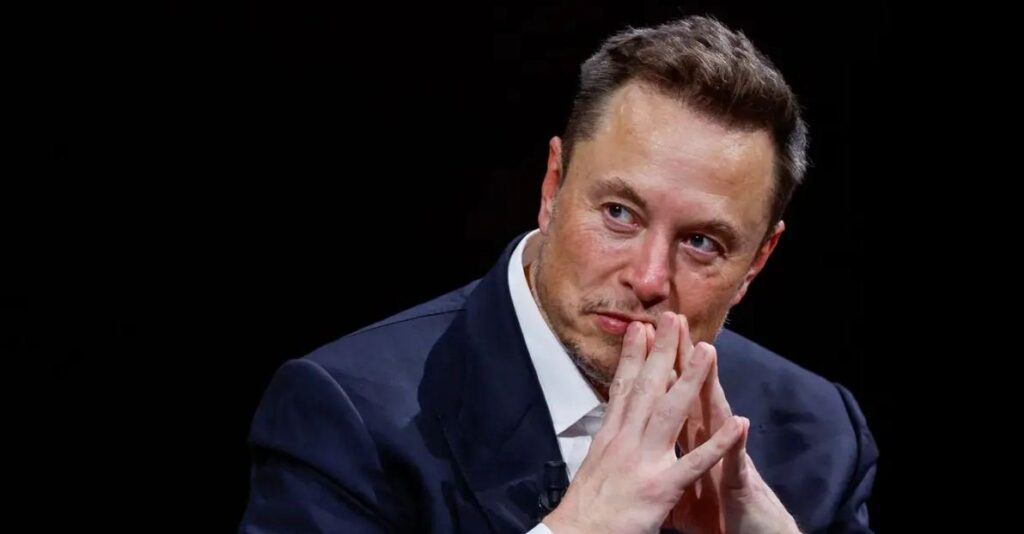Neuralink, Elon Musk’s company focused on implanting brain chips, has made significant progress. While it has been in the news over the past year for the success of its Telepathy device in two patients, attention has now shifted to a second chip aimed at restoring sight to blind people. This new chip, called Blindsight, recently received the designation of innovative device from the FDA.
Please follow us on Facebook and Twitter.
The FDA is the U.S. authority responsible for approving the development and marketing of drugs and foods. The innovative product designation is awarded to devices or treatments that aim to address potentially fatal conditions. With this FDA label, the bureaucratic processes for clinical trials are greatly sped up, allowing more time to focus on demonstrating the device’s effectiveness and safety without excessive paperwork.

It’s similar to what happened with the COVID-19 vaccine. Since it was crucial to have the vaccine quickly, authorities worldwide allowed for expedited procedures. However, the scientific aspects of the clinical trials continued as usual. The same is expected for Blindsight. Neuralink has already stated that they will soon begin a clinical trial, but it will still take a few years before the process is considered complete. Nonetheless, Elon Musk’s company has made a significant step forward. While there is still a long way to go, this progress is already a reason for celebration for them.
What Is Blindsight?
Elon Musk recently mentioned on his social media that Blindsight will assist many blind individuals, including those who have lost both eyes and the optic nerve. The device works by utilizing the visual cortex, which processes information coming from the retina.
Neuralink’s Blindsight device will enable even those who have lost both eyes and their optic nerve to see again, provided their visual cortex is intact. It will also allow individuals who have been blind since birth to experience sight for the first time.
To manage expectations accurately, the vision
This device captures light that typically reaches the retina and transmits signals to a series of electrodes connected to the neurons in the visual cortex. Consequently, the image produced would have pixels that correspond to the number of stimulated neurons. Essentially, it substitutes the functions of the eyes and optic nerve with electrodes.
Elon Musk has mentioned that this Neuralink device will gradually improve. Initially, the image quality will be low, “like the first Nintendo graphics.” However, over time, it is expected to be refined to the point where it surpasses human vision.
In July of this year, two scientists from the University of Washington developed a computer model that generates images using the Blindsight technique. Their goal was to test whether the results would match Elon Musk’s predictions. However, what they found was far from even Nintendo graphics. They compared a 45,000-pixel image with one created using 45,000 cortical electrodes. The former appeared quite sharp, while the latter was blurry and impossible to recognize.
In an image of a cat, like the one they used as an example, only the silhouette of the animal could be identified, while the other details of the scene were lost. It’s certainly better than seeing nothing at all. However, these scientists believe that Neuralink may be too optimistic about the capabilities of Blindsight.
The FDA Has Trusted Neuralink
Last March, Elon Musk announced that tests had already been conducted on monkeys. In 2022, Neuralink faced controversy due to claims from several former employees who said they were pressured to engage in unsafe practices, resulting in the deaths of several experimental animals.
In light of this issue, Elon Musk quickly assured the public that none of the monkeys involved in the Blindsight tests had been harmed. While this did not seem to convince many of his critics, it did earn the trust of the FDA, which has now granted permission to expedite the bureaucratic processes for human trials.
Next Steps for Blindsight and Neuralink
Currently, Neuralink’s website is focused on finding volunteers with paralysis to use the Telepathy device. However, Elon Musk has stated that they will soon start looking for blind individuals who want to participate in Blindsight clinical trials. If all goes well, there could be a brain chip in a few years that allows blind people to see at least blurry images. However, it may not be exactly like Blindsight, as other scientists are also researching similar devices. Regardless, achieving clear images will be a challenge. We will have to wait and see if any of the competing researchers can succeed.





